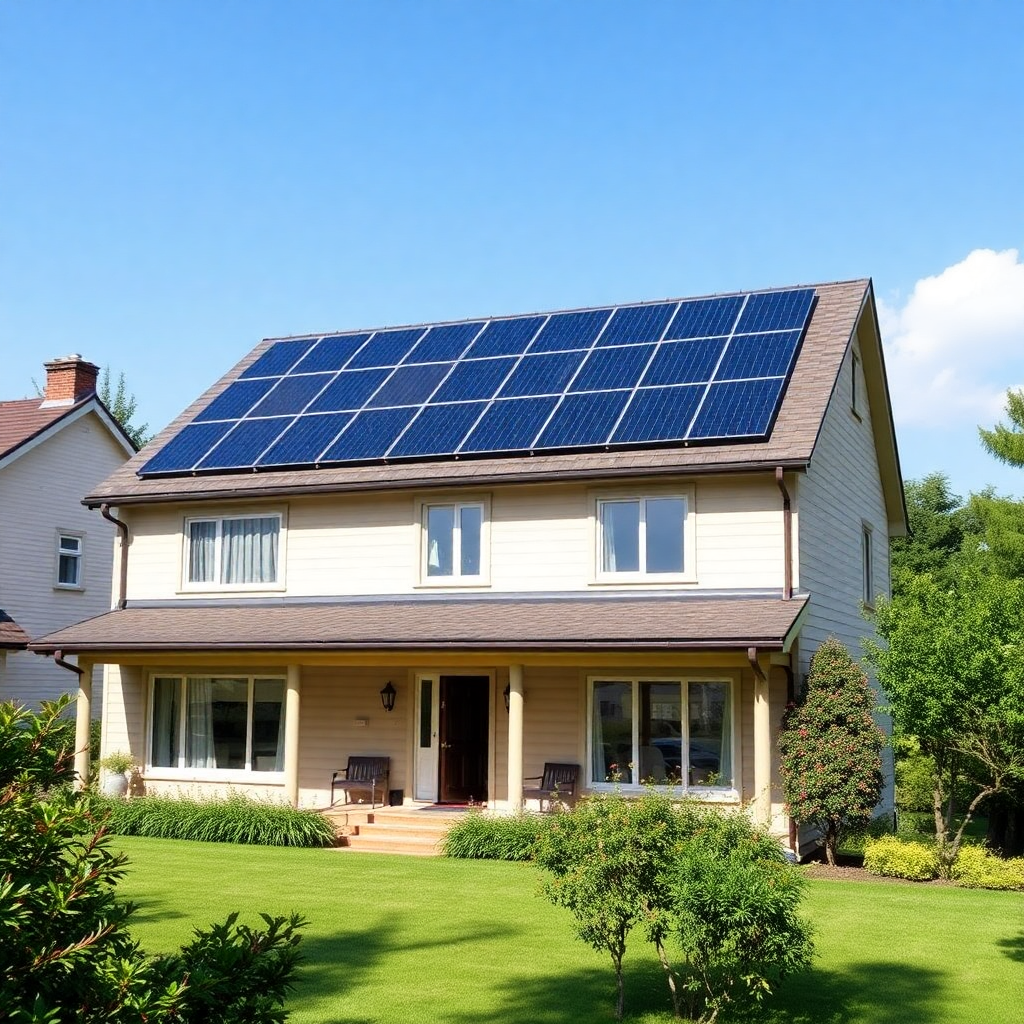The key points of integration for the use of integrated solar panels mainly include the following aspects:
First, installation and layout
Select an appropriate installation location
Make sure the installation site is well-lit and avoid being blocked by buildings, trees, etc.
Considering the installation Angle, it is generally oriented towards due south, and the inclination Angle should be adjusted according to the local latitude to obtain the maximum duration of sunlight.
Stable installation
Use appropriate brackets and fixation methods to ensure the stable installation of solar panels and avoid damage caused by weather conditions such as strong winds and snow.
Regularly inspect the installed components, such as screws and brackets, to ensure they are not loose or corroded.
Reasonable layout
According to the size and shape of the site, rationally layout the solar panels to maximize the utilization of space.
Consider the cable routing and connection, avoid being too long or crossing, and reduce energy loss.
Second, electrical connection
Connect the cable correctly
Use the appropriate cable specification to ensure smooth current transmission.
Connect strictly in accordance with the wiring diagram to avoid damaging the equipment due to incorrect wiring.
Use the appropriate connector
Choose reliable quality connectors to ensure a firm connection and avoid poor contact or short circuit.
Waterproof treatment should be carried out on the connectors to prevent rainwater from entering and causing electrical faults.
Grounding protection
Ensure that the solar panel system has good grounding protection to avoid electrical accidents such as lightning strikes.
Regularly check the grounding wire to ensure its connection is reliable.
Third, system integration and debugging
Select the appropriate inverter
Select the appropriate inverter based on the power and output voltage of the solar panel.
Consider the conversion efficiency, stability and reliability of the inverter.
System integration and debugging
According to the system design plan, integrate equipment such as solar panels, inverters, and batteries (if necessary).
Carry out system debugging to ensure that all parts work in coordination and the power generation efficiency meets the design requirements.
Monitoring and data collection
Install monitoring equipment to monitor the system’s operating status in real time, including parameters such as power generation, voltage, and current.
Regularly collect data, analyze the operation status of the system, and promptly identify and solve problems.
Fourth, maintenance and upkeep
Regular cleaning
Use a soft cloth or a soft brush to gently wipe the surface of the solar panel to remove dust, bird droppings and other debris.
Avoid using hard tools or corrosive solvents to prevent damage to the surface coating.
Check the connecting wires and joints
Regularly inspect the connection wires and joints of the solar panels to ensure they are firmly connected without any looseness or corrosion.
Repair or replace the damaged parts in a timely manner when problems are found.
Prevent shading
Make sure there are no tall buildings, trees or other obstructions around the solar panels.
Regularly inspect and clear obstructions to ensure that the surface of the solar panels is fully exposed to sunlight.
Prevent water accumulation
Make sure that the solar panels are installed at a certain Angle to allow rainwater to flow away smoothly.
Regularly inspect and clean the drainage channels to prevent water accumulation from damaging the solar panels.
Fifth, safety precautions
Electrical safety
During the installation and maintenance process, it is essential to strictly abide by electrical safety regulations to prevent accidents such as electric shock.
Use insulated tools and wear protective equipment such as insulated gloves.
Fire safety
Make sure the installation location is far away from flammable materials to prevent fires.
Regularly check the insulation condition of cables and connectors to prevent short circuits from causing fires.
Lightning strike protection
In areas with frequent lightning strikes, lightning protection equipment should be installed to ensure the safety of the solar panel system.
Regularly inspect the performance of lightning protection equipment to ensure its normal operation.


